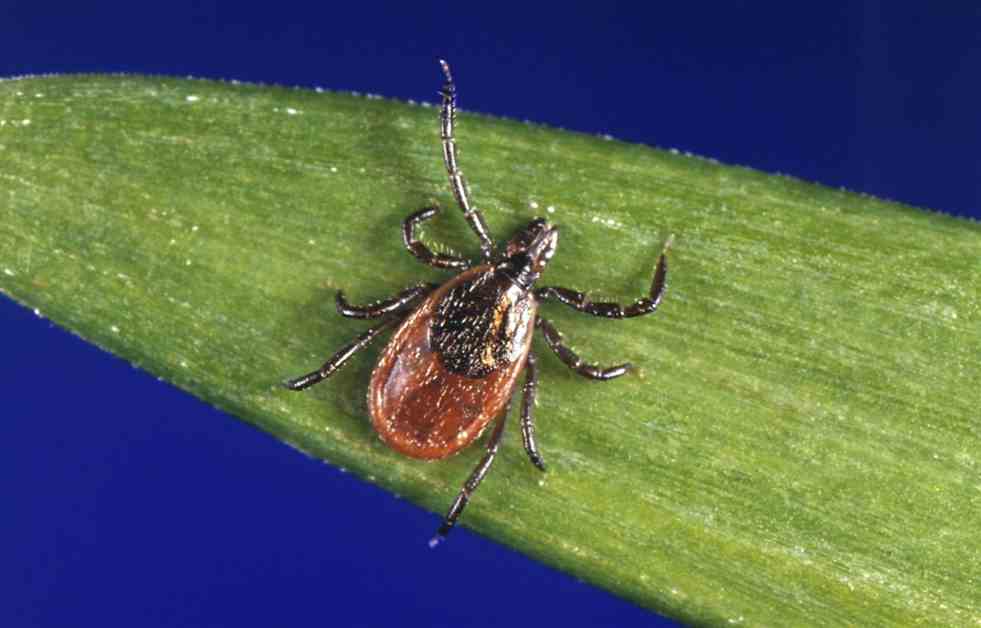Increasing Cases of Lyme Disease in Quebec
For the past ten years, the number of reported cases of Lyme disease in Quebec has been on the rise, and according to initial figures released by the Ministry of Health and Social Services (MSSS), this upward trend is expected to continue in 2024. The MSSS has already reported 49 cases in the province for the period from January 1 to June 1. Once again, the majority of cases are concentrated in southern Quebec, with most in Estrie (27 cases) and the Montreal region (11).
Such a high number of cases early in the spring suggests a very active “tick season,” according to Catherine Bouchard, a veterinary epidemiologist at the Public Health Agency of Canada, who has been conducting research on Lyme disease and other tick-borne diseases in relation to climate change for several years. In 2022, the last full year covered by MSSS statistics, 527 cases of Lyme disease were reported in the province. The previous year saw a record high of 650 cases. In 2014, only 66 cases were reported.
“Even though the number of infections varies annually, the underlying trend is an increase. Unfortunately, this was anticipated due to the burden of climate change,” says Bouchard, who has been studying the phenomenon for nearly 20 years.
The rise in global temperatures has led to an increase in the abundance of the black-legged tick, the primary carrier of Lyme disease, in areas where it is established. It is now found in regions that were previously hostile to it, such as Saguenay-Lac-Saint-Jean, which reported a case in 2024. Shorter and less snowy winters result in an earlier awakening of the tick, as it needs temperatures above 4°C and the disappearance of snow cover to become active and feed on humans or animals. The tick’s activity season is now longer than before, extending into spring and autumn.
“Our seasonal patterns are changing. The period of tick activity to seek their first seasonal meal in the spring arrives sooner, in March and April. And we humans also venture into the woods, forests, and gardens earlier in the season, where ticks are found,” notes Catherine Bouchard.
The symptoms of Lyme disease range from simple rashes to fever and body aches. In severe cases, when the disease is not detected or treated in time, symptoms can include pain, dizziness, headaches, and even facial paralysis.
Although Lyme disease has been a notifiable disease in Quebec since 2003, the actual number of infections is likely higher than government data indicates. In many cases, people bitten by a tick may not even realize it.
“With climate change, the risks of infectious diseases are spreading northward. A professor of veterinary medicine at the University of Montreal, Catherine Bouchard, urges people to take tick bites seriously and seek medical attention if they experience symptoms. It is important to be vigilant during outdoor activities and to check for ticks on the body to prevent infections.
Biography: Catherine Bouchard
Catherine Bouchard is a veterinary epidemiologist at the Public Health Agency of Canada and a professor of veterinary medicine at the University of Montreal. She has been conducting research on Lyme disease and other tick-borne diseases for nearly 20 years. Bouchard has been instrumental in raising awareness about the increasing cases of Lyme disease in Quebec and the importance of early detection and treatment. She continues to advocate for vigilance during outdoor activities to prevent tick bites and infections.




